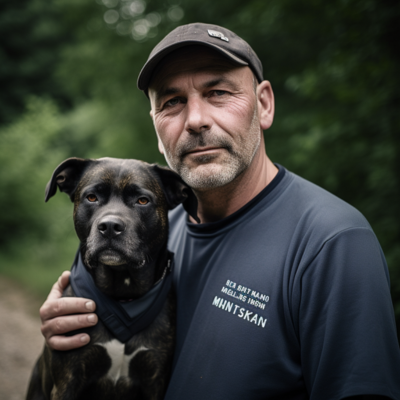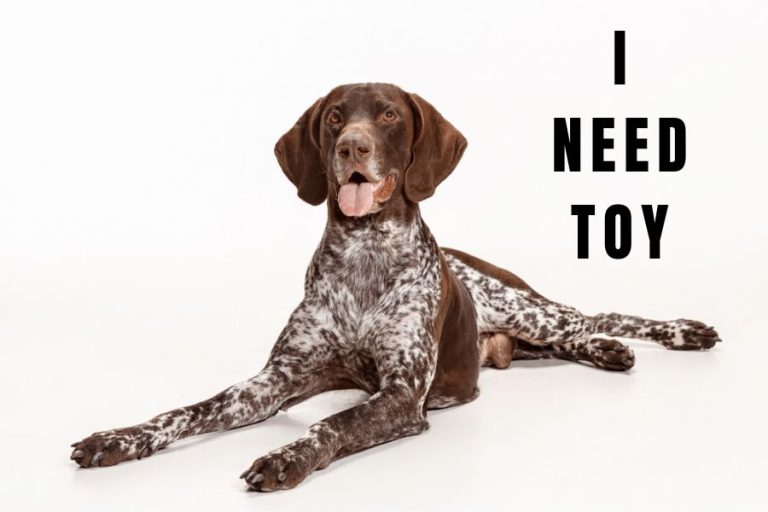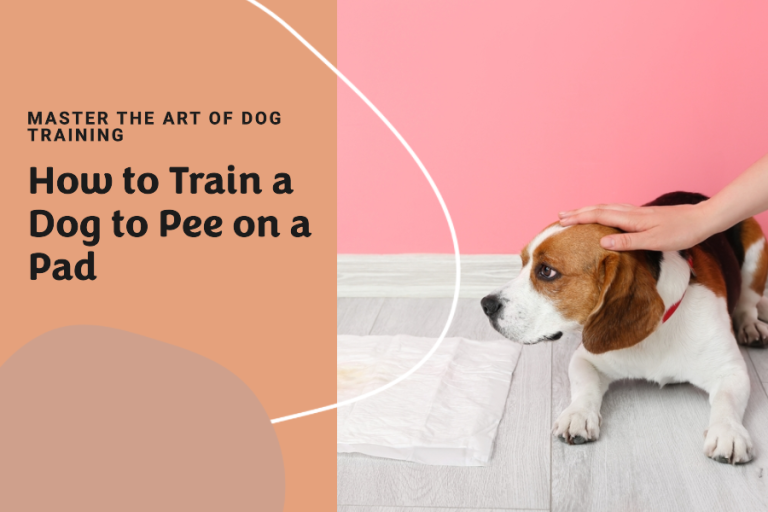What Does it Mean When Dogs Show Their Teeth? In-depth Understanding Pet Behavior
Ever seen a dog bare its teeth and wondered what it meant? This is a gesture that frequently confounds or even frightens dog owners and bystanders. Do dogs show teeth as a gesture of hostility, happiness, or some fear of their surroundings?. Let’s decode dog behavior with our detailed explanation: What Does It Mean When Dogs Show Their Teeth?
In this blog, we’ll break down this common canine behavior into simple terms. We’ll share insights on why dogs show their teeth and how it’s tied to their emotions and health. This knowledge can help you become a better pet parent. So, let’s dive right into the fascinating world of dog body language!
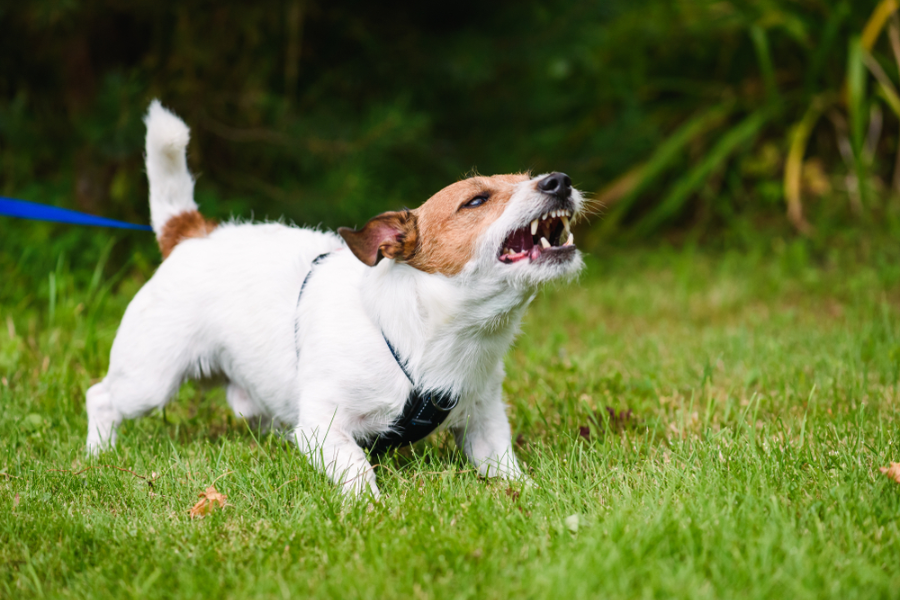
What Does It Mean When Dogs Show Their Teeth?
Just like you and me, dogs have their own way of talking. They use body movements to tell us how they feel. Now, let’s look at why it’s important for us to understand this doggy language.
The Importance of Dog Body Language
Dogs talk with their bodies. They let us know if they’re happy, scared, or even sick by the way they move. Whether they’re bursting with joy, trembling with fear, or not feeling well, their actions speak louder than words.
When we understand what our dogs are saying with their bodies, we can take better care of them. We can figure out what they need, what scares them, and if they’re feeling unwell. It also helps us train them better. Plus, it makes our bond with our dogs stronger and live together happier.
Detailed Explanation of the Behavior
So, what’s a dog saying when it shows its teeth? While it may seem threatening or alarming at first glance , it could mean a few things. The dog might be feeling angry, scared, submissive, or even happy. What’s going on around them and how the rest of their body moves can give us clues about what they’re feeling.
Aggression
When a dog’s emotions change, so does their body language. But a dog showing its teeth while its body is stiff and its hair is standing up might be feeling angry. An aggressive dog may have its lips pulled back, ears pinned back, and may also growl, snarl, or bark. This can be a warning to another animal or person to back off.
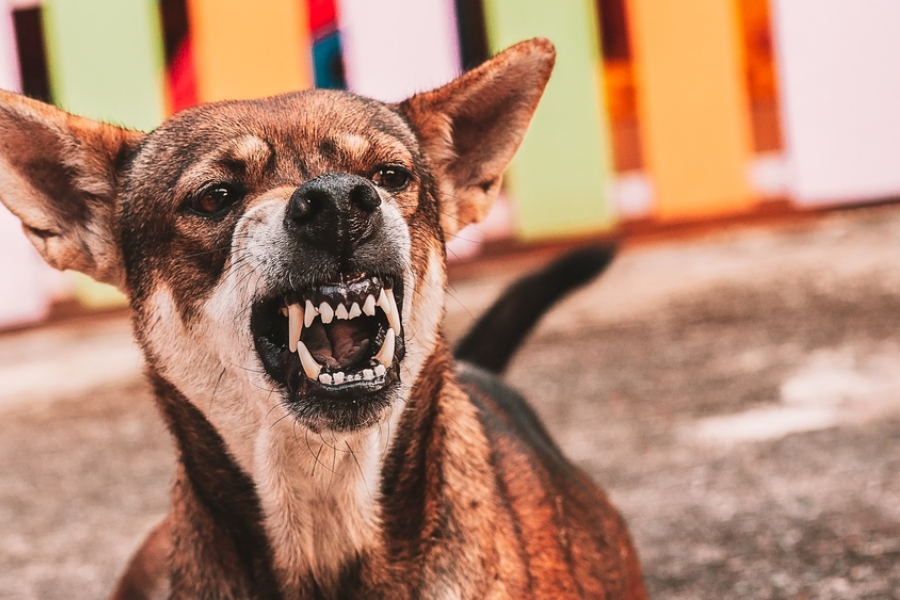
Pain or Discomfort
Dogs can’t tell us when they’re in pain, so they use body language to communicate. Dogs might show their teeth and drool excessively when they’re feeling sick to their stomach. If a dog is persistently showing its teeth and seems to be guarding a particular part of its body or avoiding touch, it might be in pain.
Observing their body language closely can reveal signs of distress we might otherwise miss.
Fear or Anxiety
Scared or nervous dogs might also show their teeth. Showing their teeth as a warning sign before they feel the need to defend themselves. This is often accompanied by other signs of fear like a tucked tail, lowered body, and dilated pupils. It’s their way of saying they’re scared and want whatever is scaring them to go away. Knowing what scares our dogs can help us make them feel safer.
Playfulness
Some dogs showing their teeth while their bodies are relaxed and their tails are wagging are probably just playing around. This can sometimes be mistaken for aggression, especially in breeds with pronounced teeth, but the accompanying body language is key.
Dogs might show their teeth in different situations, like when they’re playing, feeling threatened, feeling submissive, or even when they’re in pain. Each situation has different signs that help us figure out why our dogs are showing their teeth.
Mixed Signals: Teeth-Baring and Tail Wagging
Understanding what dogs are saying with their bodies can sometimes be a bit tricky. For example, a dog that grins and wags its tail simultaneously – it’s a puzzle of canine emotions waiting to be solved. We usually think a wagging tail means a happy dog and showing teeth means an angry dog, but that’s not always the case.
This can be confusing because dogs might wag their tail or show their teeth for different reasons. A dog might wag its tail when it’s nervous and show its teeth when it’s playing. So, it’s important to look at the whole picture and not just one part to understand what a dog is saying.
1. Tail Wagging:
High and Fast Wagging: Typically, a sign of excitement or joy. The dog may be nervous or overstimulated if its tail wags rigidly and quickly.
Low and Slow Wagging: Insecurity, anxiousness, or surrender can all be expressed by a slow, low wag of the tail.
Broad and Sweeping Wagging: This is a common sign of friendliness. The dog is calm and happy.
Tucked and wagging: a common body language cue for submission or fear.
2. Showing teeth:
- Playfulness: During play, dogs might show their teeth, especially during mock fights with other dogs.
- Aggressive Display: As mentioned earlier, teeth-baring with a growl, stiffened body, and pinned-back ears indicate aggression.
- Submissive :Some dogs will grin submissively, showing their teeth in a way that is not aggressive.
Here are some tips: Look at your dog’s whole body, not just its tail or teeth. Think about what’s going on around your dog. Is it playtime, or is something scaring your dog?. Is the dog being approached with something it might perceive as threatening, like a brush or a toy?.
Knowing what’s happening can help you figure out if your dog is playing or feeling threatened. And remember, every dog is different. The better you know your dog, the easier it will be to understand what it’s saying.
Tips for Interaction: Always presume an unfamiliar dog is uneasy or perhaps hostile if you can't tell what it's thinking. Give the dog space and avoid sudden movements.
What to do if Your Dog Bares His Teeth at You?
Ever wondered why your dog shows its teeth? Let’s dive into that. It could mean they’re scared, happy, or even feeling sick. Here’s how to figure it out and what you can do about it.
1. Stay calm:
They are very sensitive to how people feel and what they do with their bodies. A dog’s stress or protective response might be enhanced by a person’s aggressive or panicked reaction. Keeping your cool and projecting an attitude of non-threat can assist bring peace to a tense situation.
According to a study published in the journal “Animal Cognition,” dogs can read human emotions through body language and tone of voice. This study found that dogs could distinguish between happy and angry human faces.
Imagine a moment when you were in a stressful position and someone came up to you with a cool head. Their calmness likely helped you feel more at ease. The same principle applies to dogs.
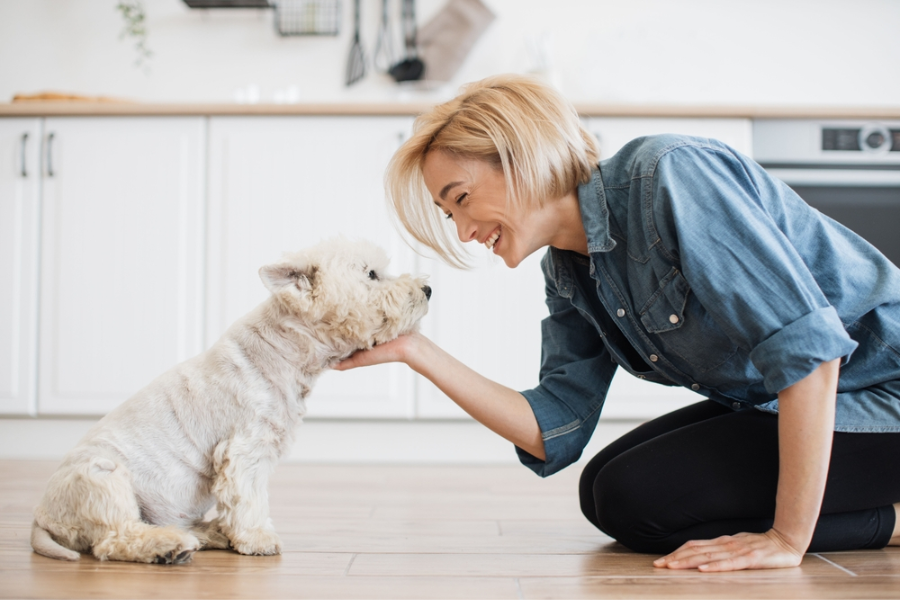
2. Reassess the Situation:
A survey by the ASPCA found that resource guarding (protecting food, toys, or territory) is one of the common triggers for aggressive behaviors in dogs.
The most important things is identifying triggers to prevent and manage aggressive or fearful behaviors in dogs. Sometimes, aggressive or fearful behaviors can stem from underlying medical issues. Pain, discomfort, or conditions like hypothyroidism can influence a dog’s temperament.
A study published in the “Journal of Veterinary Behavior” found that 40% of dogs with aggressive behaviors had an underlying medical condition contributing to the aggression.
3. Training and Behavior Modification:
Building trust involves consistent positive interactions, understanding the dog’s needs, and ensuring a safe environment. Positive reinforcement training, where good behavior is rewarded, has been shown to be more effective and humane than punishment-based methods.
According to a study in the “Journal of Veterinary Behavior,” dogs that underwent training based on trust-building and positive reinforcement exhibited fewer signs of stress (like lowered body posture or yawning) compared to dogs that were trained using aversive methods.
Positive reinforcement training not only enhances the bond between the dog and the owner but also reduces the risk of aggression compared to aversive training methods.
Do Dogs Show Their Teeth When Guilty?
Have you ever thought your dog felt guilty? We’ve all been there. But let’s clear something up. Dogs don’t feel guilt like we do. They live in the now, not thinking about past actions like chewing your favorite shoes.
The Truth About Guilt in Dogs
Dogs don’t feel guilt like we do. That ‘guilty look’ your dog gives when you’re upset? It’s not guilt. It’s your dog responding to our behavior and sounding. They pick up on our mood and respond to it.
Teeth Baring: Not a Guilt Sign
So, do dogs show their teeth when they feel ‘guilty’? Simply put, no. When dogs show their teeth, it’s not because they’re feeling guilty. It’s usually because they’re scared, feeling threatened, or even playing.
If your dog shows his teeth when you’re upset, he might be scared. He sees your anger and responds to it. It’s our job to make sure we don’t scare our dogs and understand what they’re trying to tell us.

Getting to know your dog’s body language, like teeth showing, helps us understand them better. And when we understand them, we can take better care of them. It’s all about making sure our dogs are happy and feel safe with us.
Dental Issues: Another Reason for Dogs Showing Teeth
We all love our dogs and want the best for them. One thing we often forget is their dental health. Dogs can have tooth troubles just like us, and these can cause them to show their teeth.
Finding Tooth Troubles in Dogs
Dogs can get all sorts of tooth troubles. Let’s first list some dental issues that can cause dogs to show their teeth or exhibit discomfort:
- Gum Disease
- Broken Teeth
- Tooth Infections
This is an inflammation or infection of the tissues surrounding the tooth and is the most common dental condition in dogs. Leading to some annoy symptoms like sensitivity, pain, swelling and the worse case is bleeding.
Signals of Dog’s Dental Issues
These problems can make it hard for them to eat and can make them feel really sick. But how do you know if your dog has tooth troubles?
You might notice bad breath, changes in how they eat or chew, a lot of drooling, or your dog might paw at their face. They might lose teeth or their teeth might look discolored, broken, or worn. Their gums might look red, swollen, or bleed, or they might act differently, like being more grumpy or less playful.
Checking your dog’s teeth at home and taking them for dental cleanings can help prevent these problems. We suggest lifting your dog’s lips and looking at their gums and teeth once a week.
Look for any changes in color or any signs of swelling or bleeding. Remember, a healthy dog’s mouth should smell fresh and their gums should look tight and pink.

How Tooth Troubles Can Make Dogs Show Their Teeth
So, what does this have to do with dogs showing their teeth? When a dog has a toothache, they might act differently. This can include showing their teeth. This isn’t because they are angry or scared, but because they are in pain.
If your dog is showing their teeth more, especially when they eat or if you touch their mouth, it’s time to see the vet. It’s important to fix tooth troubles quickly to keep your dog healthy and happy. Remember, understanding why your dog shows their teeth is a big part of taking care of them.
Conclusion
We’ve taken a deep dive into the world of dog talk. We’ve learned a lot about why our furry friends show their teeth. Showing teeth can mean many things. It might mean your dog is scared, being bossy, or even in pain. We found out that dogs don’t show their teeth when they feel guilty, that’s a myth!
We hope our chat helps you get to know your dog better. After all, knowing what your dog is saying is a big part of being a great pet owner. So let’s keep learning about our pets. By doing this, we can make sure they’re as happy and healthy as they can be.

